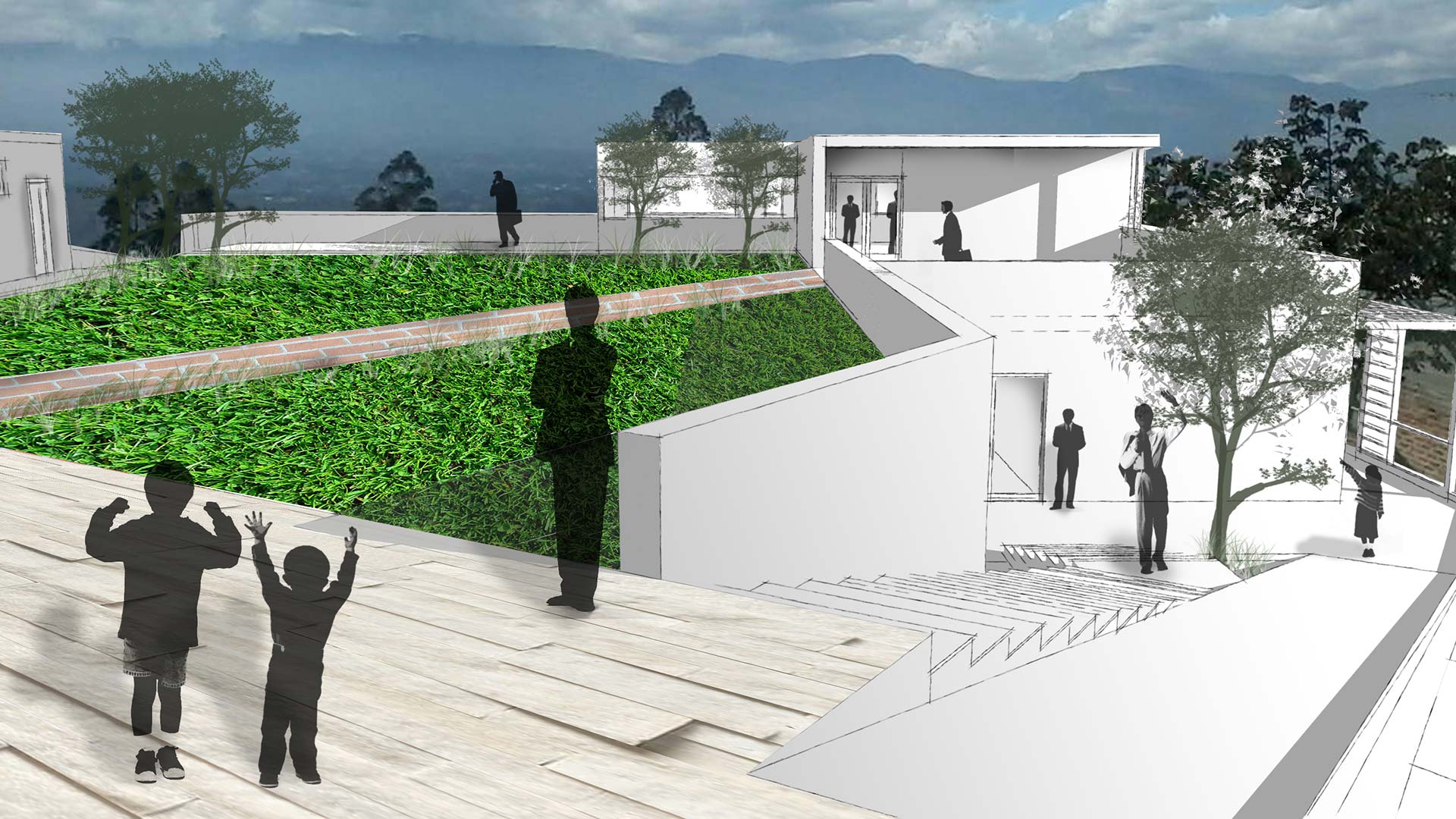
The first wildlife hospital in Ecuador
Quito’s Metropolitan District is, from all points of view, a megadiverse area where a variety of ecosystems, climates, habitats and human activities come together. It counts on 17 ecosystems distributed mainly in the valleys of the capital, and these are home to a never ending number of vegetable and animal species. Within these species, the fauna peaks at 112 mammals, 542 avian species, of the 1660 that are reported on a national level; and 148 species of amphibians and reptiles.
As a consequence of the continued growth of the city and its surroundings, many of these species have been affected or displaced, finding now, 55 species of birds, and 11 species of mammals being threatened. As such, the Capuchin monkey (Cebus albifrons aequatoralis) is found to be critically endangered, while 4 species of rodents, the emblematic andean spectacled bear (Tremarctos ornatus), ocelots, otters and deer, all of which are vulnerable.
Other causes for which so many animal species are affected throughout the ecuadorian territory are: traffic accidents, hunting and illegal trafficking, as well as incidents caused by agricultural and extractivist activities. Many of the species involved don’t have the luck of surviving, but many other have a second opportunity thanks to the people who, altruistically, look to provide the necessary help to save them.
In Quito, there are 3 centers for wildlife handling authorized by the ministry of the environment: Vivarium, dedicated to herpetofauna; Quito Zoo, with the capacity to receive different species, and Faunaetus, specialized in raptor birds. Of these, only the zoo counts on a medical team that can provide proper attention to the animals at the center and can lend medical help in cases of rescue. This way, the possibilities of having specialized attention for these species is really limited. Additional to this, and in accordance with the local authorities’ statistics, during the last 3 years in the capital, around 6000 wild animals have been rescued or seized, all of which have had to be relocated to the authorized handling centers to determine their state and final destination.
This is how the construction of the first hospital, dedicated exclusively to wildlife in Ecuador, becomes an imperial necessity, having the final goal to be to counteract the effects or urban development on these ecosystems and promote the conservation of these valuable species. This way, Quito will be the first city to count on a specialized center for wild animals. The projects contemplates a hospital structure with areas for veterinary consulting and emergencies, surgery, complementary studies, and isolated spaces for mammals, birds, and reptiles, as well as areas for handling neonates and food preparation.
